Article by Joseph R. Haynes
Illustrations by Walt Taylor
“Q School with Joe Haynes” is featured in the 013 edition of Southern Grit Magazine. To order a physical copy of the magazine visit HERE
I have noticed that some people seem to find it difficult to recognize Virginia’s unique barbecue culture. After several years of investigating the issue, I believe I have found some answers. I was born and raised in central Virginia. My family had a barbecue pit and a charcoal grill; one was for barbecues, the other for cookouts. We also had several smokehouses in which home-raised pork was smoked with hickory wood. In those days, such things were just a part of everyday life. We didn’t brag about them and there was nothing particularly special about them, or so I thought. Nowadays, I know better and appreciate those parts of my upbringing more than ever.
Unfortunately, Virginians share much of the blame for the world’s ignorance of Virginia-style barbecue. We have never really talked about it. We don’t have a magazine with a dedicated barbecue writer that expounds on the “gospel” of Virginia barbecue. We don’t have many simple barbecue sauce recipes that people are willing to share and most of them are harder to replicate than eastern North Carolina’s sauces. We don’t have TV shows extolling Virginia-style barbecue. While authors and, later, the internet, were preoccupied with the “North Carolina, Texas, Memphis and Kansas City” barbecue mantra, Virginians just kept on quietly barbecuing.
When I was growing up, we cooked “barbecue” using long-held family recipes without the “Virginia” label. Labels were applied to barbecue when referring to styles of barbecue that weren’t native to Virginia. I have had many conversations with Virginian pit masters who use uniquely Virginian family recipes, yet they too just call their product “barbecue” without the “Virginia-style” tag. It’s kind of like how restaurants in China don’t serve “Chinese” food; they just serve food. The same is true of Virginia-style smoked ham. My father, just like his father and his father and his father, etc., used to raise, slaughter and butcher his own hogs. Some of the meat was salted and smoked just as it’s been done in Virginia for centuries and some of it was barbecued. Many of our friends and neighbors did the same. To this day, my father still calls his authentic, Virginia-style smoked hams “country hams.” No “Virginia-style” tag required. But Virginian they are in every way.
My first “real” job while in high school was at a local barbecue restaurant. Many people repeatedly visited from all over the country because they couldn’t get anything just like it anywhere else. If you were to ask the owner of that restaurant what kind of barbecue he cooked, he’d just say, “Good barbecue.” That’s how all of us thought about it in those days. It was, in fact, Virginia-style barbecue. But we were in Virginia, so it was just “barbecue.”
After college, I started studying the barbecue I enjoyed while growing up. I also made it a point to eat barbecue at as many places outside of Virginia that I could. Over the years, I came to realize that there are restaurants that serve barbecue in Virginia and then there are restaurants that serve authentic, Virginia-style barbecue. My own experiences and personal observations opened my eyes to a Virginian barbecue culture that I had, up until that time, overlooked and taken for granted.
Unlike the barbecue traditions in North Carolina, Memphis, Texas and Kansas City that are almost solely based on barbecue served in restaurants, Virginia’s barbecue tradition is more strongly rooted in family, friends and community. Virginia has the longest continual southern-barbecue tradition in the United States that reaches back almost four hundred years. Today, that history is reflected in the state’s barbecue and smoked pork traditions that were born during the times when Virginians planned their year around the production and preservation of food. The onset of cold weather signaled the beginning of hog killing time. Early Spring ushered in the Brunswick stew season as farmers organized squirrel hunts in order to protect their crops from the pests. The months of May through October were known as The Barbecue Season when families took turns hosting weekend barbecues. The events provided entertainment and diversion from the hard work of tending and harvesting crops.
Within twelve years after the arrival of colonists on Virginia’s shores, three important events had created the unique conditions for Virginia’s barbecue and smoked pork traditions to develop. By 1619, colonists had strong ties to several Powhatan Indian tribes created through trade and marriage. The first meeting of the Virginia House of Burgesses, the first elected legislature established in the American colonies, occurred on July 30, 1619. On August 19, 1619, the first enslaved Africans were brought to Virginia. Those three groups combined their African, Native American and European food cultures to create a Virginian creole cuisine. By 1639, Virginians were exporting their delicious hickory smoked hams, smoked in smokehouses inspired by Powhatan Indian longhouses, to England. Politicians regularly hosted barbecues in order to reach voters who lived in sparsely populated and rural areas. Enslaved Africans barbecued the meats over Powhatan Indian-style hurdles using European seasonings in recipes that were refined and improved by the expert cooks.
The unique creole cuisine that developed in Virginia after 1619 was in some ways familiar to Europeans and people from the New England colonies and in other ways very different. New England politician and statesman Daniel Webster noticed that fact when he dined with Thomas Jefferson at Monticello in 1824. He described Jefferson’s dinners as being “served in half Virginian, half French style.” Years before, Jefferson had sent his enslaved cook James Hemings to Paris to be trained in the art of French cooking. James came back to Virginia and taught those skills to his younger brother Peter. James and Peter added their Virginian touches to the techniques and recipes learned in Paris and in that way created a creole version of French cuisine. It was this kind of creolization that took place in early-colonial Virginia that gave rise to Virginia’s barbecue tradition and, eventually, what we know today as southern barbecue.
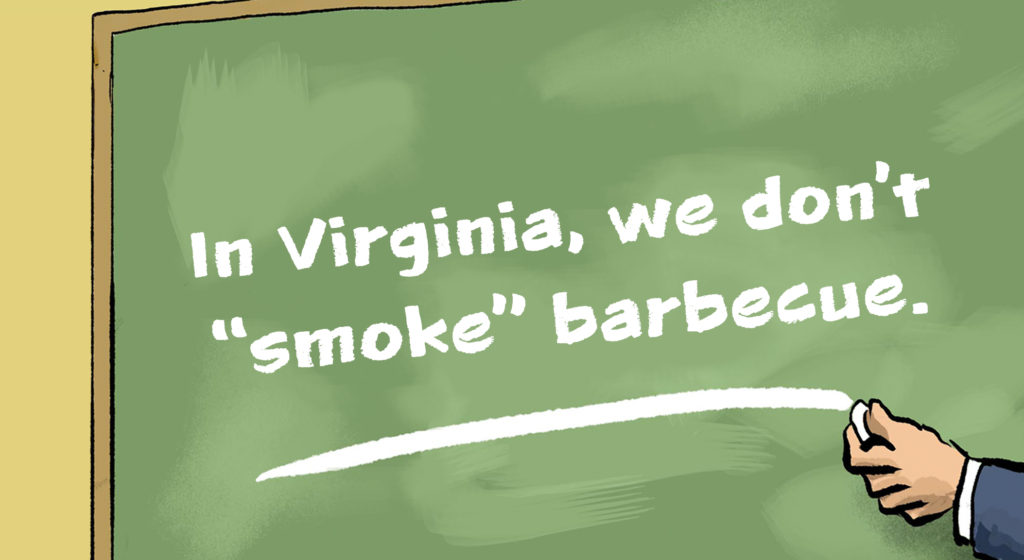
One way that barbecue is different in Virginia is the state’s barbecue parlance. For example, the word barbecue itself, according to scholars, is a Virginian word because Virginians were the first to use it in the American colonies. In Virginia, we don’t “smoke” barbecue. We smoke hams and bacon in smokehouses. We barbecue pork in barbecue pits. The modern notion of calling barbecue “smoked meat” seems to be a central-Texas thing. Texans smoke-roast everything from briskets to sausages and call the cooking technique “barbecuing.” In Virginia, we can’t barbecue sausages any more than we can barbecue hot dogs, which are also just sausages. We save sausages for the charcoal grill or the smoke-roaster and never call them barbecue.
Some of the oldest barbecue restaurants in Virginia serve beef, chicken and pork; others just serve pork. The pork barbecue tradition came from the abundance of hogs. For centuries, there were so many of them running free in Virginia that they earned the name “Virginia rabbits.” The oldest barbecue restaurants in Virginia don’t serve chopped or pulled meat. Take a look at their menus and you will see that they serve barbecue that’s been “sliced” or “minced.” Translated to modern Internet-barbecue language, “sliced” barbecue is pulled meat that has been sliced into bread-length pieces so it fits neatly on a hamburger bun. “Minced” barbecue is what the Internet calls “chopped” barbecue. Bark is called “outside meat” and some people prefer a lot of it on their barbecue sandwiches. What’s different about the outside meat on authentic Virginia-style barbecue is the fact that it isn’t created with the aid of sugar such as it is in places like Memphis and Kansas City. With Virginia-style barbecue, the natural sugars and proteins in the meat react with heat and smoke to create a delicious, deep-brown, natural crust. Pork skin that has been made crispy while being barbecued is called “skins.” “Skins” are broken into tortilla-chip size pieces and served on the side upon request at no additional charge. One other important point: what North Carolinians call a “pig pickin’,” Virginians call a “hog roast.” Personally, I prefer to keep it that way.
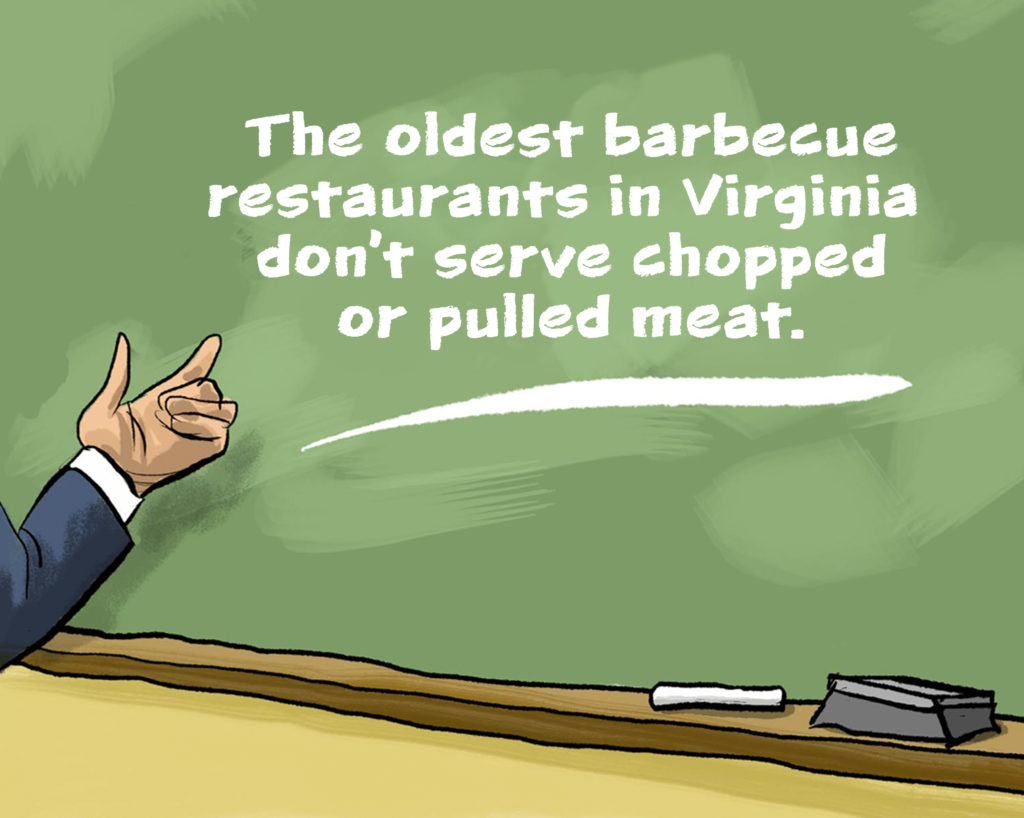
In the part of Virginia where I grew up, we have “barbecued meats” and we also have “barbecue.” “Barbecued meats” include cuts such as rib roasts and pork loins that are cooked in a barbecue pit until they are a delicious and juicy medium rare. However, the sacred title of “barbecue” is reserved for large cuts of meat that are slowly barbecued until they are mouthwatering, tender, juicy and pull-tender. Generally, only pull-tender pork and pull-tender beef (most often beef shoulder) are referred to as “barbecue.” Barbecued chicken is called “barbecued chicken” even though it is barbecued in a pit.
There are two ways of serving barbecue in Virginia. One is the method that most people are familiar with where meat is sliced (pulled) or minced (chopped) and served with a sauce on the side. The other method is just as delicious. Some places mix barbecued meat with barbecue sauce and simmer it in a large pot. Once the flavors are well mingled, the delicious meat is served on sandwiches. This style of Virginia barbecue is called hashed barbecue and it is a holdover from when Virginians were fond of barbecue hash. I don’t let barbecue snobs deprive me of that delicious, Virginia-style barbecue treat. It’s a deliciously different part of our tradition.
Today, there are four main styles of barbecue sauces in Virginia: Southside (slightly tangy with a vinegar/tomato base), Central (slightly sweet and zesty from the sweet spices in it), Shenandoah Valley (herbaceous with a vinegar base) and Northern (sweet tomato base). Hickory smoke is thought of as Virginian perfume (I can attest to that personally) and apple cider vinegar is our barbecue’s holy water. Tangy Virginia barbecue sauces can be distinguished from the North Carolina variety by the addition of something that slightly dilutes the vinegar. Worcestershire sauce, a fat such as butter or oil, or tomato sauce with a hint of mustard and a blend of herbs and spices are typical. Traditional barbecue rubs in Virginia range from nothing at all to salt and black pepper to Virginia’s barbecue trinity of salt, black pepper and red pepper flakes. Some nowadays add their own touches to rubs such as herbs, paprika, onion powder, cumin and, in a few cases, chili powder.
Yep, barbecue is different in Virginia, and that’s okay. It’s also an important and delicious part of Virginia’s rich, multicultural heritage.
JOSEPH R. HAYNES is an award-winning barbecue cook, a Kansas City Barbeque Society Master Certified Barbeque Judge and the author of two books: Virginia Barbecue: A History and Brunswick Stew: A Virginia Tradition. He also authored the Virginia Barbecue Proclamation that was unanimously passed by the Virginia State Legislature in 2016.
He can be reached for inquiries for speaking engagements, consulting, questions or comments through his Facebook page at https://www.facebook.com/VirginiaBarbecue101/



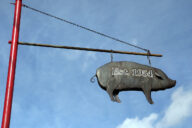
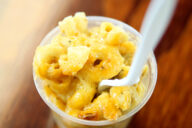
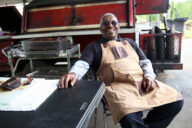

2 Comments
Excellent Article. I am a Texas native and lived in Virginia twice, for extended periods, in my life (as well as North Carolina). In my adulthood, I’ve learned to open up my mind, from the “its all about beef brisket and ketchup sauce” Texan upbringing, to acquire a knowledge, taste and appreciation for PORK BBQ and culture from Virginia’s roots.
Doesn’t seem too different from carolina BBQ. I guess main difference is it is cooked in ‘pits’ in the ground rather than a ‘pig cooker’?